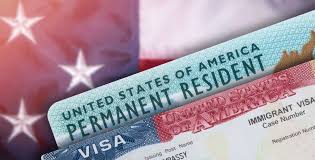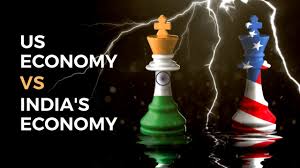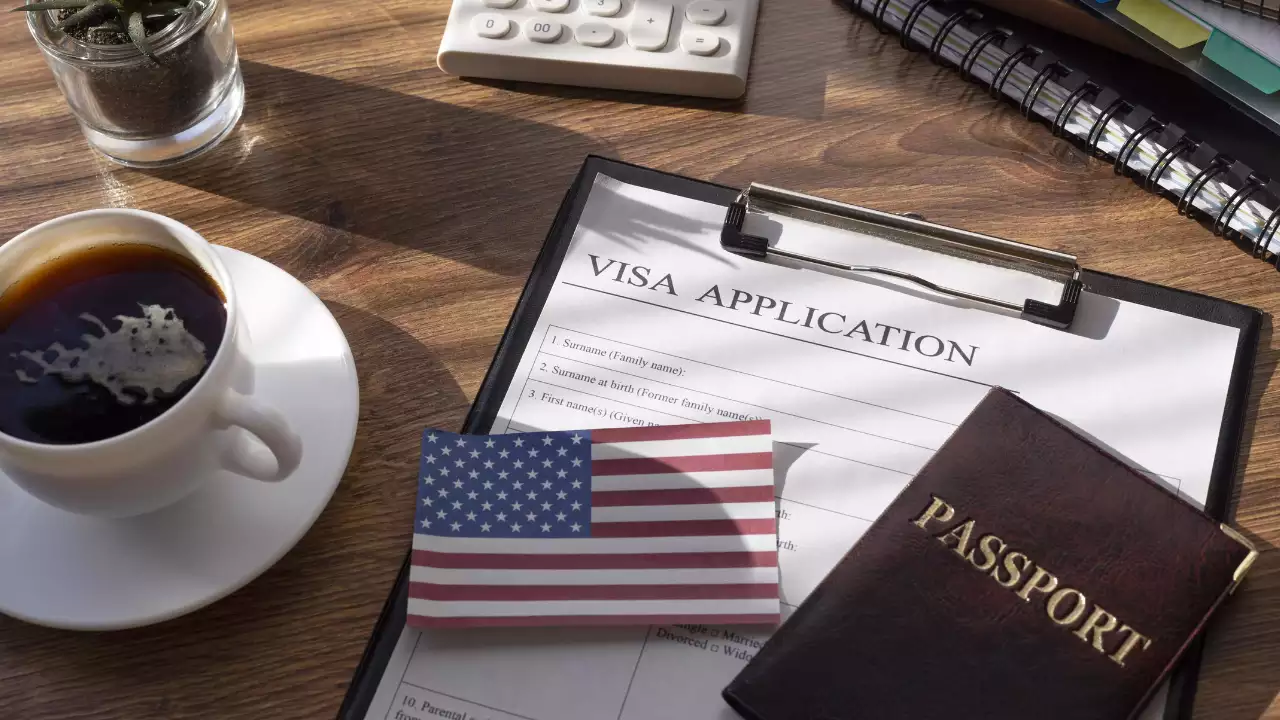The US is on Track to Grant More Than 1 Million Visas to Indians This Year
Introduction
In recent years, the United States has witnessed a significant rise in the number of visas issued to Indian citizens, with projections suggesting that over 1 million visas could be granted this year. This trend marks a notable increase compared to previous years and reflects deeper shifts in the geopolitical, economic, and cultural relationships between India and the US. This article explores the dynamics behind this surge, the types of visas being issued, and the broader implications for both nations.
A Paradigm Shift in Visa Issuance
Historically, the US has been a prime destination for Indian immigrants, students, and tourists. However, the scale of visa approvals in recent times is unprecedented. Several factors contribute to this paradigm shift, including enhanced bilateral ties, the growing importance of India on the global stage, and the US’s recognition of Indian professionals’ and students’ contributions to its economy and cultural fabric.

Challenges Faced by Indian Immigrants Applying for Visas
Despite the increase in visa issuances, Indian applicants face numerous challenges. These include long waiting periods, stringent documentation requirements, and the uncertainty surrounding the approval process. Such challenges are often exacerbated by changes in immigration policies and the political climate in the US.
Work Visas
Work visas, particularly the H-1B, are a major category with high demand among Indians. These visas allow US companies to employ foreign workers in specialty occupations that require technical expertise. Indian IT professionals are among the largest beneficiaries of the H-1B visa program.
Student Visas
The US stays a chosen location for Indian students seeking higher training. With an emphasis on STEM fields, universities across the US attract a significant number of Indian students each year. Student visas not only facilitate this influx but also contribute to cultural exchange and educational enrichment in American institutions.
Visitor Visas
Visitor visas (B-1/B-2) are sought by Indians looking to visit the US for tourism or business purposes. The increase in these visas reflects the growing economic and familial ties between individuals and businesses in both countries.
Projected Trends for the Current Year
Analysts project that the number of visas issued to Indians will continue to rise, driven by the increasing integration of the two economies and the mutual benefits of cultural and educational exchanges.
Factors Influencing Increased Visa Approvals
Political Factors
Political goodwill and strategic alliances play crucial roles. Recent US administrations have aimed to strengthen relations with India as a counterbalance in Asia against other regional powers.
Economic Factors
The demand for skilled labor in the US, particularly in the technology and healthcare sectors, where Indians are highly represented, significantly influences visa approvals.
Economic Implications for Both the USA and India
The movement of skilled workers and students between India and the US has substantial economic implications. For the US, it means an influx of talent essential for maintaining its competitive edge. For India, it results in remittances and the return of skilled individuals contributing to local economies.

Challenges Faced by Indian Immigrants in the US
Once in the US, Indian immigrants face cultural adaptation challenges, racial discrimination, and often, the difficulty of navigating a complex immigration system that can impact their residential status and access to services.
Impact on Indian Society and Economy
The large-scale migration of skilled workers to the US impacts India’s labor market, often leading to a ‘brain drain.’ However, it also results in the formation of a wealthy and influential diaspora that facilitates bilateral trade and investment.
Bilateral Ties and Cross-Border Collaboration
The visa policy is a reflection of strengthening bilateral ties. These ties foster increased business ventures, technological exchange, and educational collaboration that benefit both nations.
Conclusion
The substantial increase in visas issued to Indians by the US is a multifaceted phenomenon with deep implications for immigration policy, the labor market, bilateral relations, and cultural exchanges. As this trend continues, it is essential for policymakers to address the accompanying challenges to maximize the mutual benefits of this dynamic.
FAQs
What types of visas are most commonly issued to Indians?
- Work visas (especially H-1B), student visas, and visitor visas.
Why has there been an increase in visas issued to Indians?
- Increased political and economic ties, demand for skilled labor in the US, and strong educational interests.
What challenges do Indian visa applicants face?
- Long processing times, rigorous documentation, and policy uncertainty.
How does the visa trend affect India-US relations?
- It strengthens diplomatic and economic relations and promotes deeper cultural and educational ties.
What are the economic impacts of these visa trends on India and the US?
- The US benefits from skilled labor and intellectual contribution, while India benefits from remittances and enhanced bilateral trade.
